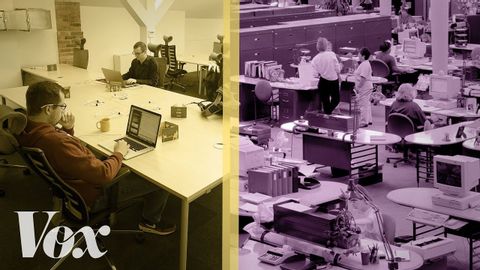オープンオフィスは過大評価 (Open offices are overrated)
Courtney Shih が 2021 年 01 月 14 日 に投稿  この条件に一致する単語はありません
この条件に一致する単語はありませんUS /ɪnˈkrɛdəblɪ/
・
UK /ɪnˈkredəbli/
- adv.信じられないことに;信じられないほど;信じられないほど;驚くほど
US /ɪˈlɪməˌnet/
・
UK /ɪ'lɪmɪneɪt/
US /ˈkɑnstənt/
・
UK /'kɒnstənt/
- v.t.破壊する;破産させる
- n. (c./u.)廃墟;崩壊;破滅
エネルギーを使用
すべての単語を解除
発音・解説・フィルター機能を解除

